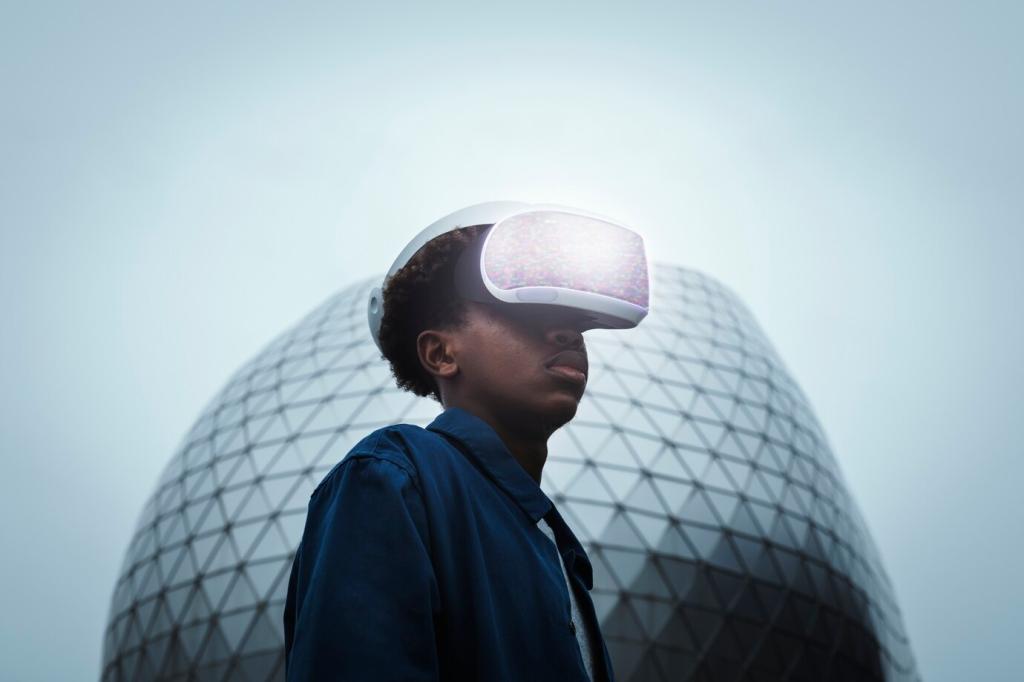This website uses cookies so that we can provide you with the best user experience possible. Cookie information is stored in your browser and performs functions such as recognising you when you return to our website and helping our team to understand which sections of the website you find most interesting and useful.
Augmented Reality (AR) has revolutionized the field of interior design, merging virtual elements with real-world environments to create seamless, interactive experiences. This innovative technology enables designers and clients to visualize, modify, and personalize interior spaces with unprecedented accuracy and convenience. From conceptualization to execution, AR is reshaping the traditional design process, enhancing creativity, collaboration, and efficiency. By overlaying digital models onto physical spaces, it transforms abstract ideas into tangible visuals, fostering better decision-making and satisfaction. The following sections explore eight key ways AR innovations are transforming interior design, highlighting the groundbreaking applications and benefits of this cutting-edge technology.
Enhanced Visualization Techniques
Real-Time Space Mapping
Interactive Furniture Placement
Lighting Simulation and Adaptation
Personalized Design Experiences
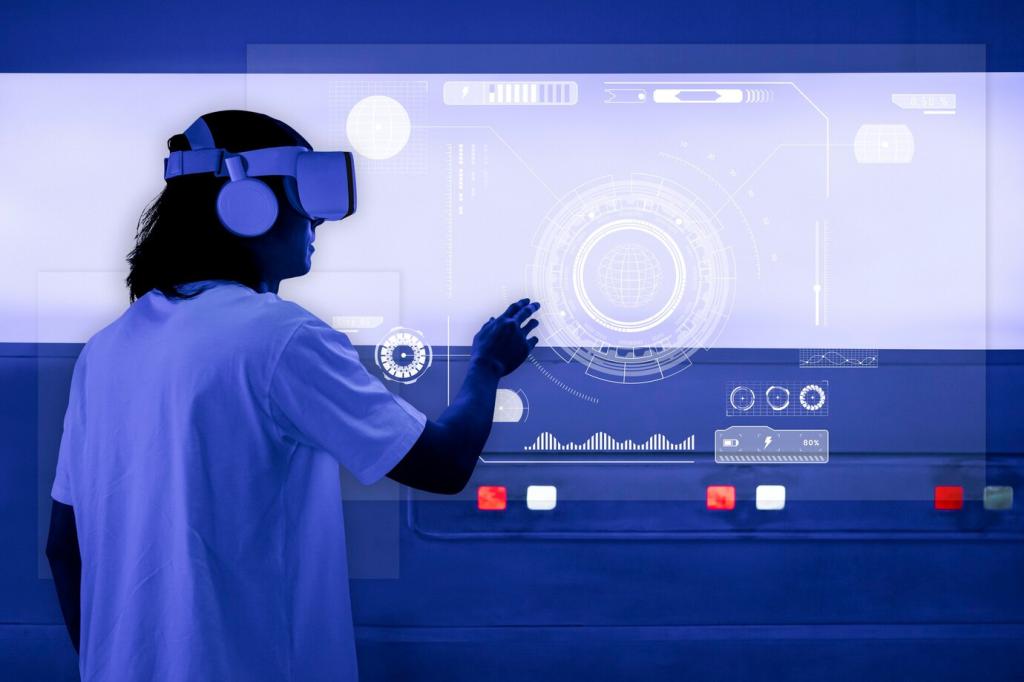
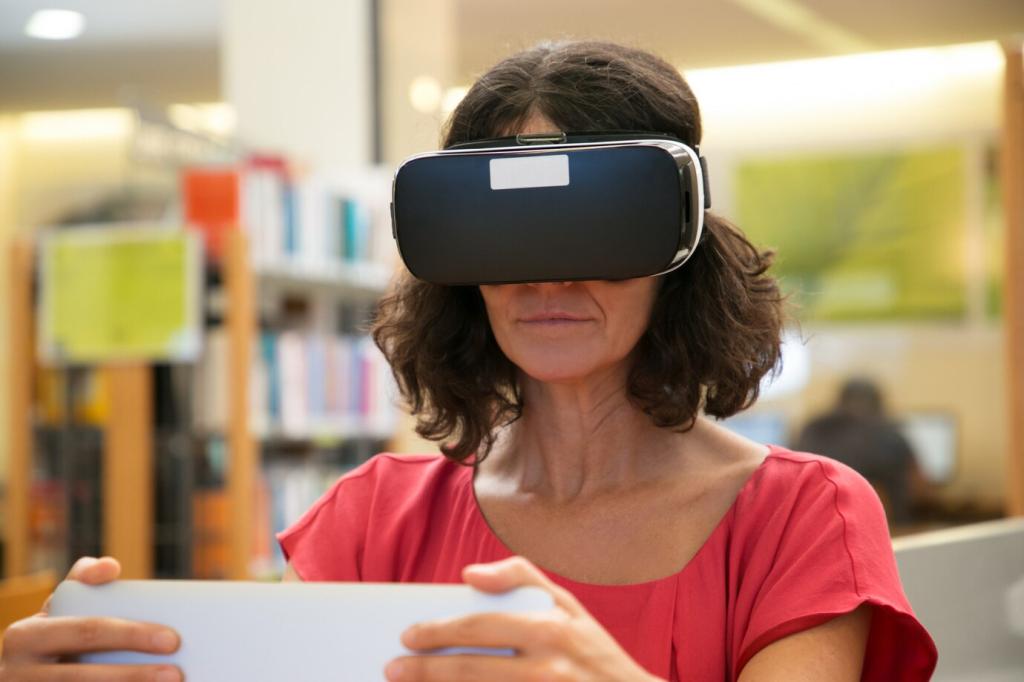
Remote Design Consultations
Collaborative Annotation Tools
Integrated Project Management
Sustainable and Cost-Effective Solutions
Virtual Prototyping and Sampling
Resource Optimization Tools
Lifecycle Visualization and Maintenance Planning
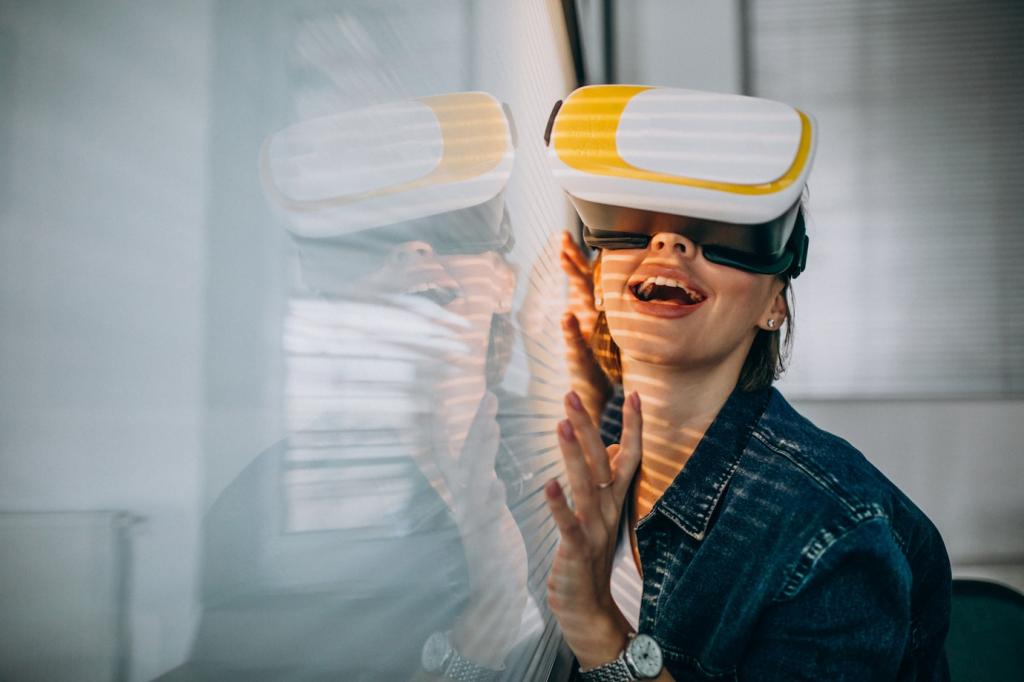
Integration with Smart Home Technologies
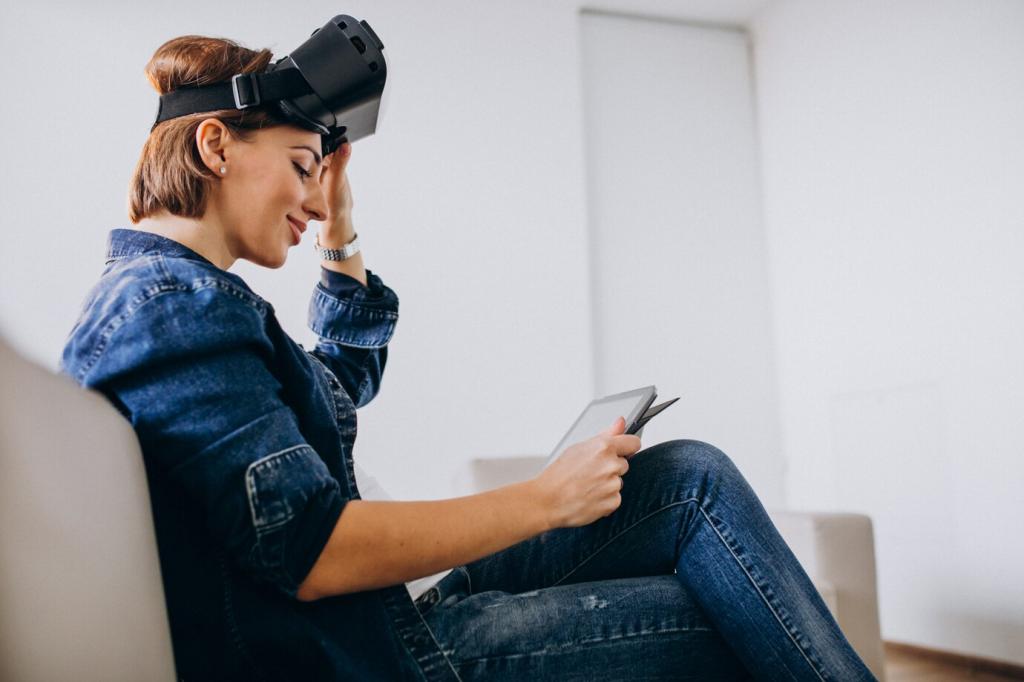
Immersive Virtual Showrooms
Interactive Product Catalogs
Real-Time Project Showcases
